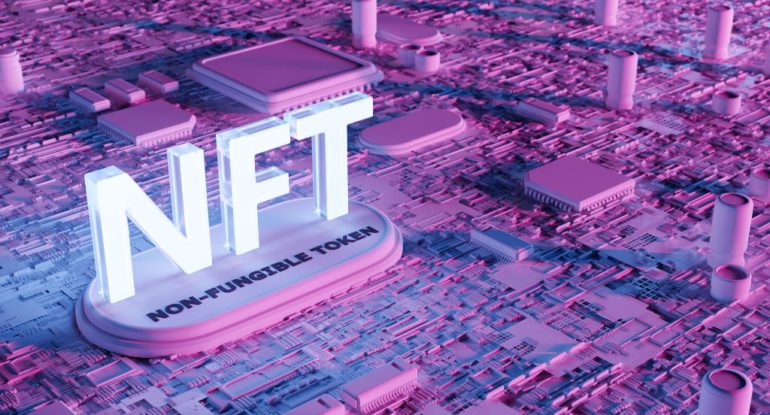Your Ultimate Guide On Generative NFTs

In the last ten years, nothing else has had as much success as NFTs in pop culture. Numerous famous people now own one or more NFTs, including Justin Bieber, Neymar Jr., Jimmy Fallon, etc. Additionally, a TV show centered on an NFT character is under development. Not to mention, this year’s Video and Music Awards featured NFTs as well (VMAs). Even some of the most famous brands have started to join the NFT bandwagon.
As a result, NFTs have overtaken cryptocurrencies as the second most popular use of blockchain technology. They are also viewed as a source of income and the best way for creatives to market their products profitably. The rapid development of this asset class has also led to the emergence of other NFT kinds, including static, dynamic, and now generating NFTs. We discover what generative NFTs are and how they function in this post.
Generative NFTs: what are they?
In generative NFTs, humans, and machines work together. A basic palette of hues, patterns, backdrops, figures, and images can be assembled by artists to serve as the foundation for an NFT collection. They can then input these components into a computer program, which will start producing artwork by randomly combining and permuting the inputted details.
The three main components of generative NFTs are randomness, geometry, and algorithms. The creator cannot foresee the results of a generative artwork due to randomness. Computers are renowned for producing perfect geometry, which aids in creating visually attractive artwork. Additionally, the algorithm makes sure that little human involvement is required.
How does it work?
In most cases, the artist begins by adding a set of images and rules to a code. The laws govern the application of colors and patterns, the number of revisions between each piece of art, and the degree of unpredictability. Based on the principles written in the code, the algorithm will use all the supplied photos, patterns, backdrops, etc., to generate random artwork.
You can utilize an AI-based digital art maker like starryai or HotPot AI if you don’t know how to code. These platforms will take care of all the code, and you can quickly produce generative NFTs. After receiving the image, you can mint it as an NFT to be kept forever on the blockchain.
Remember that AI generators typically have various priced plans and take 30 minutes or less to produce your artwork. The free creators either don’t give you the copyright, so you can’t make an NFT of the artwork, or have a big watermark on them that prevents you from using them for free.
Generative NFT examples
Here is a quick list of the most popular generative NFT artworks yet.
I’m Philmo, web developer and creative coder, creating generative art and music NFTs on #fxhash. I love coding as a way to express myself and I’m blossomed to be part of this community. Thank you everyone for being here 💜 pic.twitter.com/0JY3qObT4d
— Philmo | ecosys.eth (@philmo_mu) September 15, 2022
Autoglyphs: Considered the first generative NFT art project ever, Autoglyphs was introduced in 2019 by LarvaLabs, the company behind the well-known CryptoKitties NFT collection. The NFTs could be produced at their initial launch for as little as 0.2 ETH each. Due to their small production (just 512 pieces), they have swiftly gained appeal and now command a floor price of 189 ETH, or almost $230,000.
Fidenza: Another well-known name in the generative NFT arena, this colourful collection of 999 NFTs. Tyler Hobbs, a computer engineer who left his work to pursue his passion of becoming an artist, is the creator. The group, which bears the name of a small Italian town, sold out in 25 minutes for 0.17 ETH each. In addition to earning almost $4 million in commission from subsequent sales, Hobbs made $400,000 off the initial sale.
Dmitri Cherniak, a Canadian artist and programmer, produced this collection of 1,000 generative NFTs under Ringers. Each piece of art in the group was made using a unique p5js script written by Cherniak and was inspired by the idea of a thread being looped around a set of pegs. The script’s rules control the peg count, size, design patterns, orientation, and colors to produce stunning results after minting. After being released, the collection sold out for 0.1 ETH each. It has since generated nearly $1 million in secondary sales.
Also Read: What Are NFTs To Christos Makridis, COO Of Living Opera ?
Conclusion
Art created by computers has never been valued or given much consideration. However, these machine and AI-based artworks can be a sight to behold with the correct input from creative artists. Because of this, these NFT artworks have already sold for millions of dollars and are in high demand despite being a relatively new idea.




























































